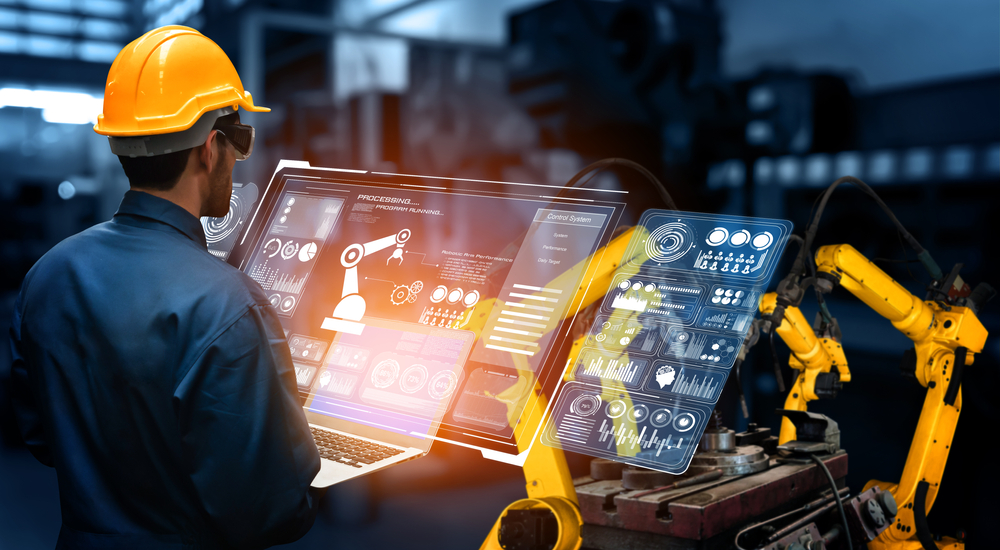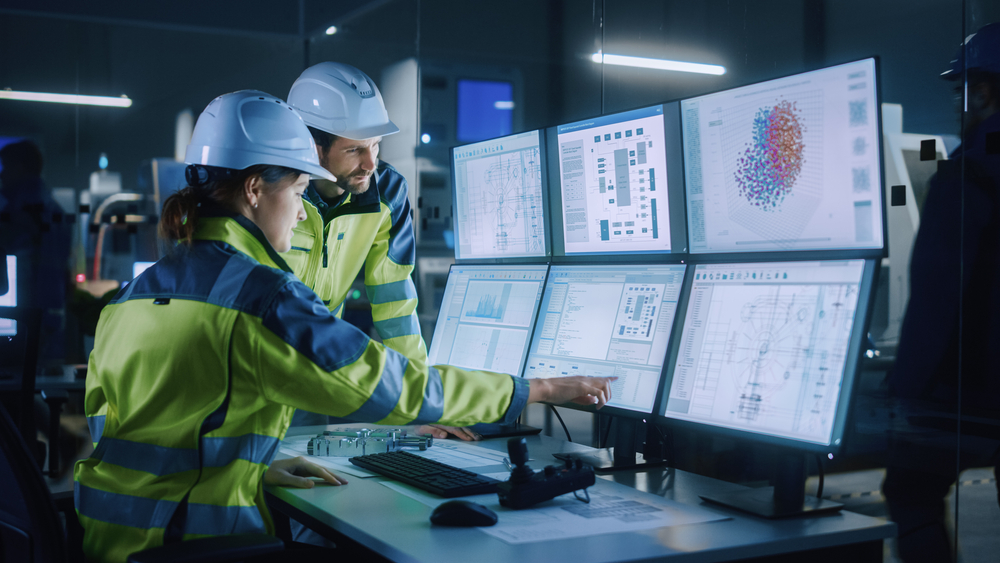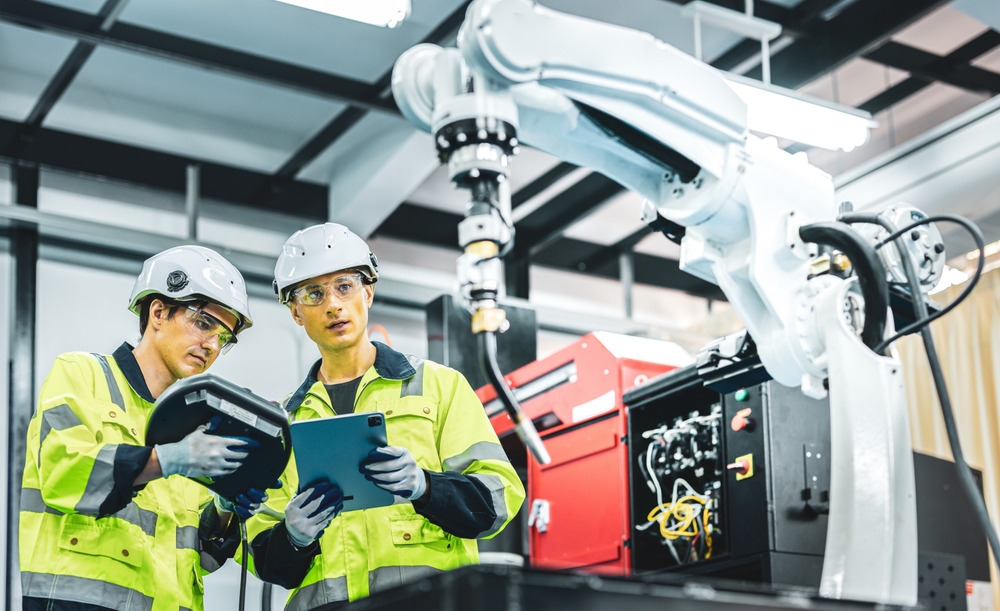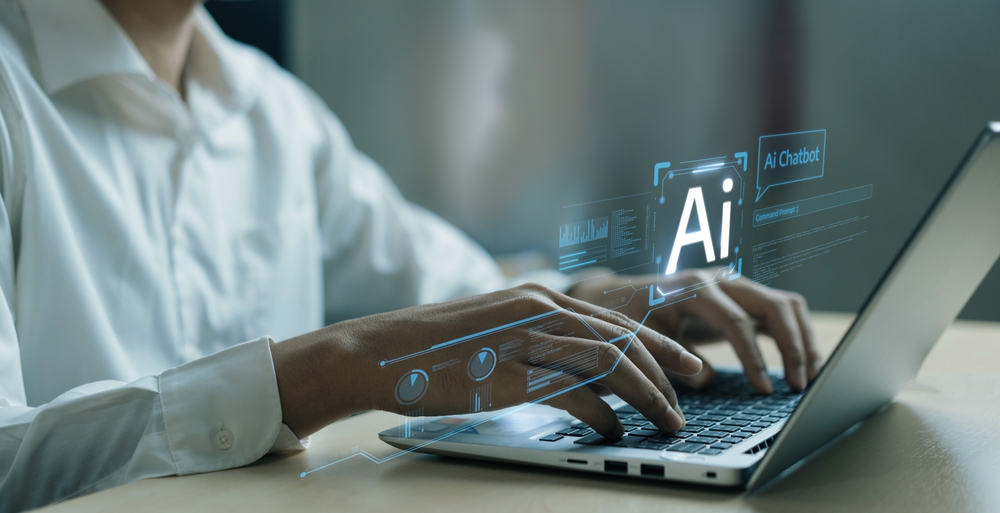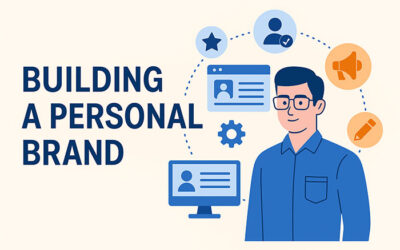Artificial Intelligence (AI) is rapidly reshaping the landscape of engineering. From conceptual design to production, AI enhances efficiency, reduces costs, and drives innovation. Engineers across industries are now leveraging AI-powered tools and technologies to streamline processes, improve decision-making, and create more sophisticated products.
The Role of AI in Engineering Design
AI’s integration into engineering design is enabling a paradigm shift. Traditionally, engineers relied heavily on manual calculations and CAD (Computer-Aided Design) software. Now, AI-powered design tools can automatically generate and optimize complex designs based on specific constraints.
Generative Design
One of the most transformative AI applications in engineering is generative design. This process involves inputting design goals, materials, and constraints into AI algorithms, which then explore countless design permutations to find optimal solutions. Generative design allows engineers to push beyond conventional boundaries and develop innovative structures with minimal material usage.
For example, generative design is extensively used in aerospace engineering to create lightweight yet strong components, resulting in fuel efficiency improvements.
Enhancing Collaboration with Digital Twins
Digital twins, AI-driven virtual replicas of physical systems, are revolutionizing the way engineers monitor and optimize performance. By simulating real-world operations, engineers can predict issues before they occur, ensuring higher reliability and better product performance. This innovation is crucial in industries like automotive and energy, where system failure can have significant consequences.
AI in Manufacturing Engineering
In manufacturing, AI is driving what is commonly referred to as Industry 4.0—a fusion of advanced technologies, IoT (Internet of Things), and AI to create smart factories. The integration of AI into manufacturing processes is transforming production lines into highly efficient, adaptive systems.
Smart Automation
AI-powered robots are now a cornerstone of modern manufacturing. Unlike traditional machines that follow rigid programming, AI-driven robots can learn and adapt to new tasks. This flexibility increases efficiency and reduces downtime during production changes.
AI also plays a key role in quality control, with advanced vision systems detecting defects with unmatched precision.
Predictive Maintenance
Another critical AI application is predictive maintenance. By analyzing data from sensors embedded in machinery, AI algorithms can predict potential failures and schedule maintenance proactively. This approach minimizes unplanned downtime, reducing costs and extending equipment life.
AI in Civil Engineering: Building the Future
Civil engineering projects, from urban infrastructure to bridges, are benefiting immensely from AI. Engineers are using AI to streamline complex processes, improve safety, and deliver sustainable solutions.
Smart Cities
AI is a driving force behind smart city initiatives, where data-driven insights help optimize everything from traffic flow to energy consumption. Engineers working on urban development projects leverage AI to create models that ensure efficient resource use while minimizing environmental impact.
Structural Health Monitoring
AI enables real-time monitoring of critical structures like bridges and tunnels. Machine learning algorithms analyze sensor data to detect potential structural issues, providing early warnings to prevent catastrophic failures.
Sustainability through AI
The need for sustainable engineering solutions has never been greater. AI contributes significantly by enabling engineers to design eco-friendly products and processes. Whether it’s optimizing energy use or improving waste management, AI empowers engineers to make environmentally responsible decisions.
Renewable Energy Integration
AI is instrumental in optimizing the integration of renewable energy sources. For example, smart grids equipped with AI can balance supply and demand efficiently, ensuring stable energy distribution. Additionally, AI aids in the maintenance of solar and wind farms by predicting weather patterns and identifying optimal operating conditions.
Leveraging Machine Learning for Advanced Simulations
One of the most significant contributions of AI in engineering is through machine learning (ML) algorithms that enable advanced simulations. Traditionally, simulations in engineering—such as finite element analysis (FEA) or computational fluid dynamics (CFD)—require extensive computational power and time. However, AI-driven simulations reduce this burden by learning patterns from historical simulation data and generating results faster with a similar degree of accuracy.
For instance, aerospace engineers employ machine learning models to simulate airflow over complex aircraft components, significantly speeding up the design process without sacrificing precision. By using AI, simulations can be repeated for multiple design iterations in a fraction of the time it previously required.
In the automotive industry, advanced ML algorithms are used to test crash scenarios virtually. AI models predict how vehicles will behave in collisions based on real-world crash data and physics-driven models. This allows manufacturers to fine-tune designs before physical prototypes are even built, resulting in safer vehicles and faster time-to-market.
Additional Considerations for AI in Engineering
Robotics in Design and Production
The intersection of AI and robotics is a game-changer for engineering, particularly in fields like manufacturing, construction, and precision assembly. Traditional industrial robots perform repetitive tasks efficiently, but they often lack flexibility. AI integration allows robots to learn and adapt, opening the door to applications beyond routine tasks.
Adaptive Robots in Manufacturing
AI-powered robots in manufacturing can now adapt to variations in the production environment. For example, robotic arms equipped with AI-driven vision systems can identify components of different shapes and sizes on a conveyor belt and assemble them without requiring manual reprogramming. This flexibility improves productivity while reducing the need for extensive downtime when switching between product types.
Autonomous Construction Robots
In the construction industry, autonomous robots powered by AI are assisting in tasks like bricklaying, 3D concrete printing, and site surveying. By integrating AI-driven navigation systems, these robots can operate independently on complex sites, enhancing speed and accuracy in project completion. This development is crucial in large-scale infrastructure projects where precision and safety are paramount.
AI for Complex Decision-Making
Engineering involves complex decision-making processes, from selecting materials to determining optimal production methods. AI-driven decision support systems can process vast datasets and recommend the best course of action based on various constraints, such as cost, time, and sustainability.
In mechanical engineering, AI systems can analyze past performance data to recommend the most reliable components for machinery. Similarly, in electrical engineering, AI-powered systems assist in circuit design by suggesting configurations that optimize performance while minimizing power consumption.
AI is also proving invaluable in civil engineering, where decision-making extends beyond technical considerations to include environmental and societal impacts. By using AI models to simulate different scenarios, civil engineers can make informed decisions that balance cost, durability, and sustainability.
Customizing Products with AI-Driven Mass Personalization
One emerging trend in engineering is mass personalization—creating customized products on a large scale. AI is the backbone of this trend, enabling companies to produce items tailored to individual customer preferences without significant increases in cost or production time.
Take, for example, the footwear industry. Some leading companies use AI to analyze customer foot scans and recommend the best shoe design for each individual. Once designed, the shoe is produced using automated processes that are flexible enough to handle unique specifications for each order. This approach enhances customer satisfaction and loyalty by delivering highly personalized products at scale.
In the healthcare device industry, AI-driven personalization ensures that medical implants, prosthetics, and orthotics are tailored to fit each patient perfectly. Engineers use AI to analyze patient-specific data and design devices that offer optimal comfort and functionality.
AI-Driven Material Discovery
Material selection plays a crucial role in engineering, influencing the durability, efficiency, and cost of a product. Traditionally, discovering new materials was a slow process that involved years of experimentation. AI is transforming this process by accelerating material discovery through predictive models and pattern recognition.
AI algorithms trained on existing material properties can predict the behavior of new compounds under various conditions. This capability is especially valuable in industries like renewable energy, where the demand for advanced materials with high efficiency and low environmental impact is high. For example, AI is helping engineers discover better photovoltaic materials for solar panels and lightweight composites for wind turbine blades.
AI-driven material discovery also supports the development of biodegradable polymers and eco-friendly construction materials. These innovations are crucial for creating a more sustainable future while maintaining the structural integrity and performance standards required in engineering.
Streamlining Supply Chain and Logistics
Beyond design and production, AI is playing a pivotal role in streamlining supply chain and logistics operations in engineering-focused industries. From raw material sourcing to final product delivery, AI optimizes every step of the supply chain to reduce costs and improve efficiency.
AI systems use predictive analytics to forecast demand accurately, enabling manufacturers to maintain optimal inventory levels. This approach reduces waste, minimizes storage costs, and ensures timely delivery of materials. Additionally, AI-powered logistics platforms can optimize shipping routes in real-time, taking into account factors such as traffic, weather, and fuel costs.
In aerospace and defense engineering, where supply chains are highly complex and involve multiple suppliers, AI helps manage risks by identifying potential disruptions early. Companies can then take proactive measures to mitigate these risks, ensuring uninterrupted production.
Enhancing Safety through AI
Safety is a top priority in engineering, and AI is making significant strides in improving safety across various sectors. AI systems can monitor equipment and environments in real-time, detecting anomalies that may indicate potential hazards.
AI-Enabled Predictive Safety in Construction
Construction sites are inherently hazardous, with workers exposed to risks such as falls, equipment accidents, and structural failures. AI-powered systems equipped with cameras and sensors monitor activities on-site and alert supervisors to unsafe practices or conditions. Some systems can even predict risks by analyzing patterns in historical data, enabling proactive measures to prevent accidents.
AI in Industrial Safety
In manufacturing plants, AI-driven systems monitor machinery and production lines to ensure safe operations. Advanced systems can detect when equipment is operating outside safe parameters and automatically shut it down to prevent accidents. Additionally, AI assists in workplace ergonomics by identifying tasks that may lead to repetitive strain injuries and suggesting alternatives.
The Economic Impact of AI in Engineering
The economic impact of AI integration in engineering cannot be overstated. By enhancing efficiency, reducing waste, and enabling faster time-to-market, AI helps companies achieve significant cost savings. Moreover, AI-driven innovations create new revenue streams by opening up possibilities for advanced products and services.
According to industry reports, companies that have embraced AI in their engineering processes report a 20-30% increase in productivity. These gains are driven by automation, improved decision-making, and reduced downtime. Additionally, AI fosters innovation by freeing up engineers from routine tasks, allowing them to focus on creative problem-solving.
AI for Environmental Engineering
In the face of growing environmental concerns, AI is playing a crucial role in developing sustainable engineering solutions. Environmental engineering projects, such as waste management, water treatment, and pollution control, benefit from AI’s ability to process vast amounts of environmental data and recommend optimal strategies.
AI-driven models help in designing wastewater treatment plants that maximize efficiency while minimizing environmental impact. Similarly, AI assists in creating smart waste management systems that use real-time data to optimize collection routes and recycling processes.
In air quality management, AI-powered sensors monitor pollutant levels across cities, providing data that engineers use to develop effective mitigation strategies. These solutions are critical for reducing the environmental footprint of urbanization and industrialization.
Overcoming Challenges in AI Integration
While AI offers numerous advantages, its integration into engineering also presents challenges.
Data Security and Privacy
Engineering systems generate vast amounts of sensitive data. Ensuring data security and compliance with privacy regulations is a significant concern when deploying AI solutions.
Skill Gap
The rapid advancement of AI technology has created a skill gap in the engineering workforce. Engineers need to develop expertise in AI tools and data science to fully leverage these innovations. Many organizations are investing in upskilling programs to address this gap.
The Future of AI in Engineering
Looking ahead, AI’s role in engineering will continue to expand. Key trends include:
- AI-Driven R&D: AI will accelerate research and development by identifying new materials and processes faster than ever before.
- Personalized Engineering Solutions: Customizable, AI-driven solutions will become the norm, allowing engineers to cater to unique client requirements.
- Enhanced Human-Machine Collaboration: The next wave of AI integration will focus on enhancing collaboration between human engineers and AI, combining human creativity with machine precision.
Conclusion
AI is undeniably transforming engineering, driving innovation in design, production, and sustainability. Engineers who embrace AI technologies will be better positioned to lead the future of their industries. By staying ahead of these advancements and continuously learning, engineering professionals can ensure they remain at the forefront of technological progress.
For more insights on emerging technologies and engineering trends, check out our in-depth articles on industry 4.0 and smart materials.

